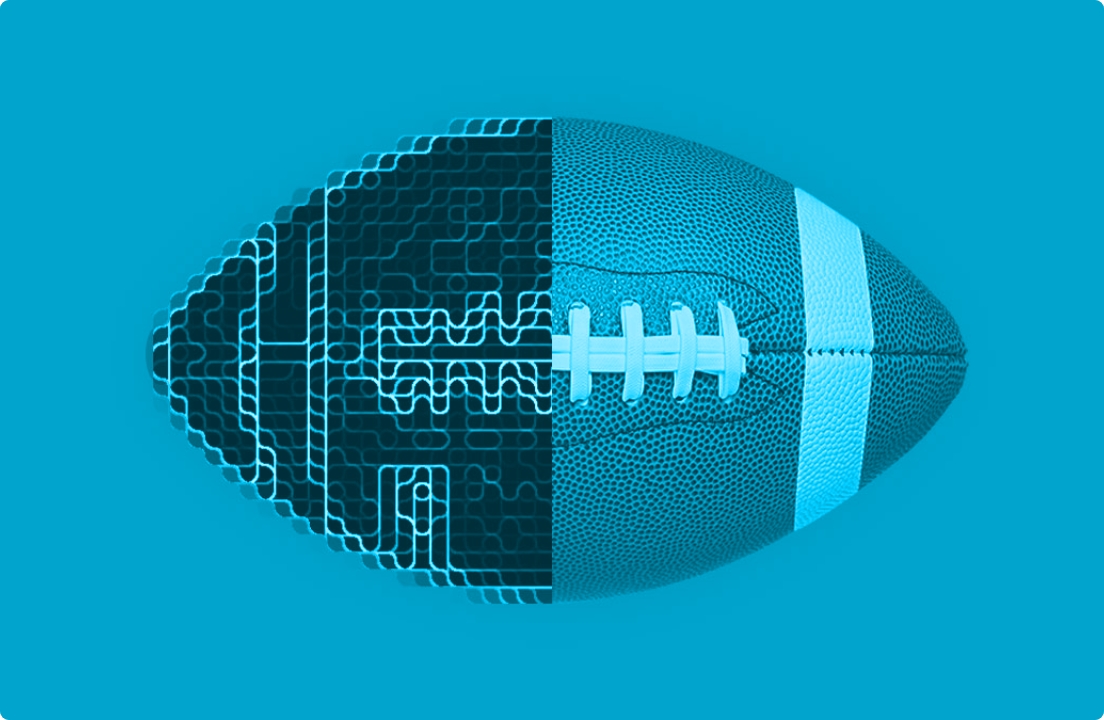The push is on to integrate AI and machine learning techniques into nearly every facet of professional sports. We’ve taken a unique angle at Probility by developing AI tools capable of accurately predicting injury risk for professional athletes. Forward-thinking sports executives can use our tools to see their team, or potential team, through the lens of player availability. This approach offers insights on critical team-building functions like scouting, free agent selection, cap management, contract optimization, and ultimately building the best possible team.
Enhancing Team Strategy and Athlete Care
Teams can use these same tools to benefit their athletes as well. The models driving Probility’s Player Availability Tool not only predict the injury risk for each athlete or group of athletes, but also identify the key factors resulting in that probable outcome. Some of those factors can’t be changed – age, height, games played, etc. But some can. Time on ice is understandably a significant predictor of potential injury in the NHL, just as sacks (taken and delivered) are a strong predictor of potential injury in the NFL. The power of Probility’s models lies in the ability to adjust those numbers and see the resulting impact on injury risk, creating a blueprint for optimal player utilization based on long-term athlete health. In some cases, reducing injury risk can extend a player’s career and mean having the player available when it matters most.
If reducing an NHL forward’s time on ice by one shift reduces the player’s injury risk and results in the player missing three fewer games to injury for the coming seasons, is it worth the trade? What if having your defensive lineman wrap up opposing quarterbacks instead of taking them to the ground reduced the injury risk for that position pool, meaning the entire group is more likely available for the playoffs? Could you adjust your tactics to account for this strategy and keep your best players on the field at the critical time? It sounds crazy – who would give up a chance to drop an opposing QB? But sometimes today’s innovator is tomorrow’s genius.
Marginal Reductions Can’t Be Ignored
When we look at athletes from an availability point of view, we begin to see some short-term sacrifices teams can make that could lead to long-term success by keeping players active longer and available when it really matters. Even marginal reductions in injury risk can produce big durability gains, as injuries beget injuries. By aggregating several small gains, players suffer fewer injuries and miss fewer games. It’s possible to expand that trend into adding an entire season to a player’s career. In leagues like the NHL and NFL, where average careers are short, adding just one more season can help stabilize a team’s roster and mean significant additional income for some players.
Strategic Decisions: Balancing Performance and Health
Pro sports is a tough business. But the necessarily ruthless ideals often driving decision-making can co-exist with an emphasis on athlete health and still accomplish the same goals. If you understand a player’s likely durability and the factors that determine their probable career length, and combine that with the wisdom of your front office and coaching staff, you can start to find new, and better, answers to some age-old questions:
- Which free agents to sign?
- Assessing trade values.
- Determining true market value of players.
- Unique player value to specific teams.
- Structuring player contracts.
- Optimizing player utilization.
- Enhancing player durability.
- Guiding players to the right team fit.



